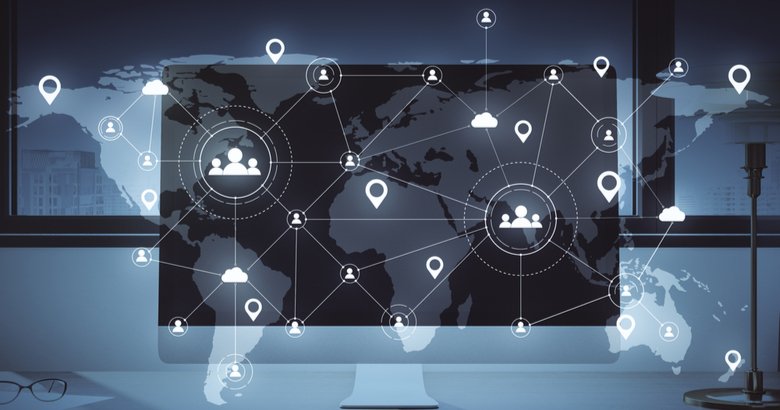April 13, 2020
The highly infectious coronavirus is a public health emergency on a level not seen since the Spanish flu over a century ago, killing over a hundred thousand people across the world. By applying tools like artificial intelligence and web intelligence to social media, authorities can prepare for clusters of the disease and rapidly deploy health officials to prevent further spread of the virus.
Along with the Center for Disease Control (CDC) and the World Health Organization (WHO), regional authorities have increasingly focused on how to curb the spread of the deadly virus in their communities and have adopted analytics, machine-learning and AI capabilities to automatically comb through social media and extract critical data to gain critical information.
Unlike the Spanish flu and other deadly virus outbreaks like SARS in 2003, authorities also have social media to monitor and reduce the spread of the pandemic and manage social distancing.
While researchers have been using mapping tools to track the spread of diseases for several years, social media can be used as an early indicator that something is going on in a community-giving medical professionals the time to prepare hospitals for future outbreaks.
The ability of Cobwebs’ AI-driven search engines, capable of automatically sifting through an infinite amount of critical data across all layers of the internet including open source and the dark web, optimizes investigations and provides authorities with precise intelligence much faster than ever before.
Social media posts that could be analyzed and present people that say that they have just returned from abroad, individuals who post that they are experiencing symptoms similar to the virus, people who are concerned that they have been exposed, and more.
Natural language processing can also be used to deconstruct a post on social media to allow authorities to distinguish between someone discussing news of the virus and someone posting about how they feel.
Smart analysis tools then integrate all the data mined from various sources and conduct an automated and predictive analysis on the individual, connecting all the dots to recognize patterns and revealing hidden links to generate even further insights.
Even with minimal leads and minimal resources, using the advanced engines authorities can uncover an individual’s past locations and visits, social connections, and more. An analysis of social media posts combined with data collected, can predict who is most likely to contract the virus.
Machine learning tools, which can detect images and attributes in images across the social media sites, can identify those who may be at risk of contracting the virus and provide authorities with an interactive connections graph.
Authorities will also be able to receive real-time alerts according to keywords or topics, providing them the opportunity to notify the individual and place them in quarantine to prevent the spread of the virus to others.
With Cobwebs’ capabilities of automation, artificial intelligence and machine learning technologies, regional health care professionals can gain complete situational awareness and prevent the further spread of deadly virus.
Share:

Request a Demo
"*" indicates required fields